 An agreement struck by the U.S., the European Union, Russia and Ukraine has raised hopes for defusing the Ukrainian crisis, which has strained East-West ties to a degree unseen since the Cold War. The deal Thursday in Geneva came after the four parties held talks together for the first time since Ukraine’s turmoil began nearly five months ago. A look at how the Ukrainian crisis has evolved:
An agreement struck by the U.S., the European Union, Russia and Ukraine has raised hopes for defusing the Ukrainian crisis, which has strained East-West ties to a degree unseen since the Cold War. The deal Thursday in Geneva came after the four parties held talks together for the first time since Ukraine’s turmoil began nearly five months ago. A look at how the Ukrainian crisis has evolved:
—
HOW IT ALL STARTED
After years of preparation for a partnership agreement with the 28-nation EU, Ukrainian President Viktor Yanukovych stepped back from the pact in late November in favor of pursuing closer ties with Russia.
The move sparked protests in Kiev, on the Ukrainian capital’s main square, which grew to hundreds of thousands of people after a brutal police crackdown. The demonstrations were peaceful for weeks, but turned violent in mid-January after Yanukovych pushed through repressive laws aimed at stifling the protests. The violence culminated in February as about 100 people died from sniper fire in central Kiev.
Following the bloodshed, Yanukovych signed a Europe-brokered peace deal on Feb. 21, but fled the capital hours later as police withdrew and protesters overtook control of the city. He ended up sheltering in Russia.
—
RUSSIA’S GAME
Russia saw the proposed EU-Ukraine agreement as undercutting Moscow’s clout in Ukraine. It offered a bailout package to Yanukovych after he rejected the EU deal, and accused the U.S. and the EU of masterminding the protests. President Vladimir Putin saw the collapse of the February peace deal as cynical maneuvering by the West.
Putin sent Russian troops into Ukraine’s strategic Crimea peninsula, where Russia’s Black Sea Fleet is based. The soldiers in unmarked uniforms, dubbed “little green men” by some, quickly overtook Crimea, blocking Ukrainian troops in their bases. Two weeks later, the region’s residents overwhelmingly voted for joining Russia, and Moscow annexed Crimea last month.
Russia also has deployed an estimated 40,000 troops in areas bordering Ukraine, raising Western fears of an invasion into the east of the country, which has a large Russian-speaking population and was Yanukovych’s support base.
—
WESTERN RESPONSE
Washington and the EU, taken by surprise by the swift Russian takeover of Crimea, introduced travel bans and asset freezes on members of Putin’s entourage.
They warned that deeper sanctions targeting Russia’s energy sector and other vital parts of the economy will follow if Russia moves into eastern Ukraine.
The U.S. has sent additional fighter jets to NATO members Poland and Lithuania, which border Russia. NATO also has announced plans to further beef up its forces in eastern Europe in response to Russia’s action.
—
EASTERN UKRAINE TURMOIL
Well-organized groups of gunmen quickly overtook government offices and police stations in several cities in eastern Ukraine in April and then handed over control over them to pro-Russian demonstrators, who hoisted Russian flags on top of them. Ukraine and the West accused Russia of sending special forces to fuel turmoil, which Moscow denies.
The Ukrainian government has responded by sending in the army and police to uproot the protests, but it has been reluctant to use force, which could further fuel anger and trigger a Russian invasion.
Many in the Russian-speaking east share resentment of the new authorities in Kiev, whom they see as Ukrainian nationalists bent on discriminating against the local population.
—
GENEVA TALKS
With unrest spreading quickly across eastern Ukraine, top diplomats from Russia, the U.S., the EU and Ukraine sat together for the first time on Thursday.
Ukraine and the West were pushing for the protesters to leave the buildings they seized and for Russia to stop supporting the insurgency.
Russia in turn demanded that Ukraine launch a constitutional reform that would give broad powers to its regions, reflecting a calculus to keep clout in Ukraine by dealing directly with its east. It also sought guarantees for Ukraine to stay outside NATO.
The negotiations produced a deal, which called on all parties to disarm armed groups and free captured government buildings. It also included a call for the constitutional reform that would engage representatives of all regions, but didn’t have any reference to Ukraine’s bloc-free status.
—
WHAT NEXT?
Vagueness of the deal and mutual distrust mean that tensions will likely remain high in the run-up to Ukraine’s presidential election set for May 25.
Protesters in the east have shown no inclination to disarm or free the official buildings they seized, saying that they want radical nationalist groups in Kiev and Western Ukraine to act first. They also pushed for the withdrawal of the Ukrainian military units sent to the East.
The government, in turn, said that the “counterterrorist” operation in the East will continue.
(AP)

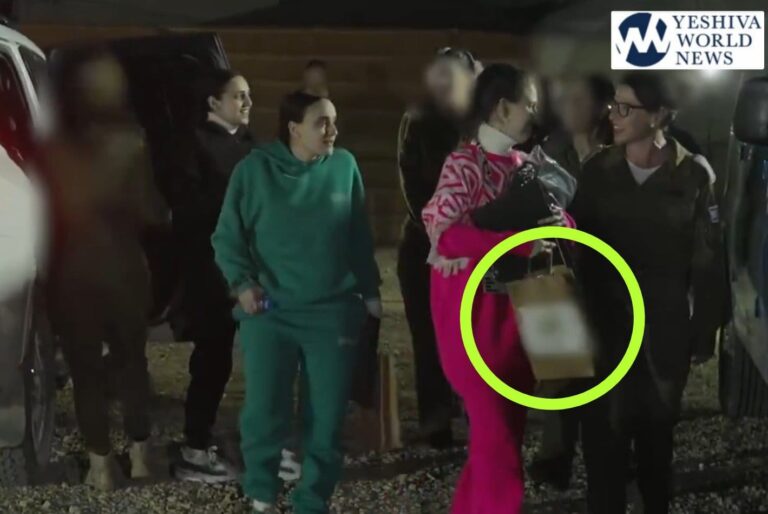
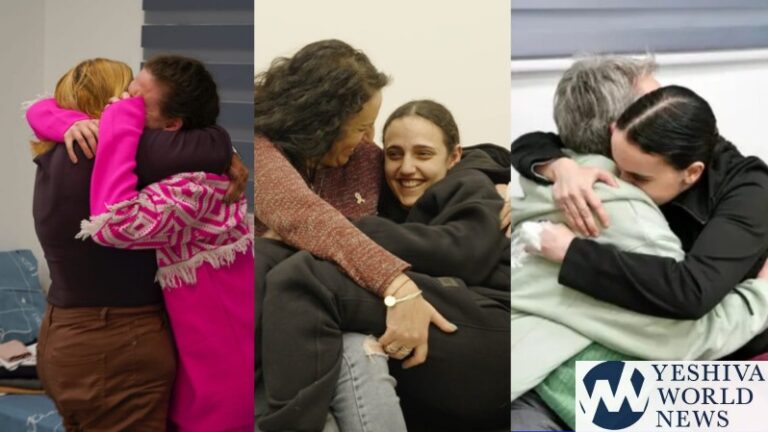
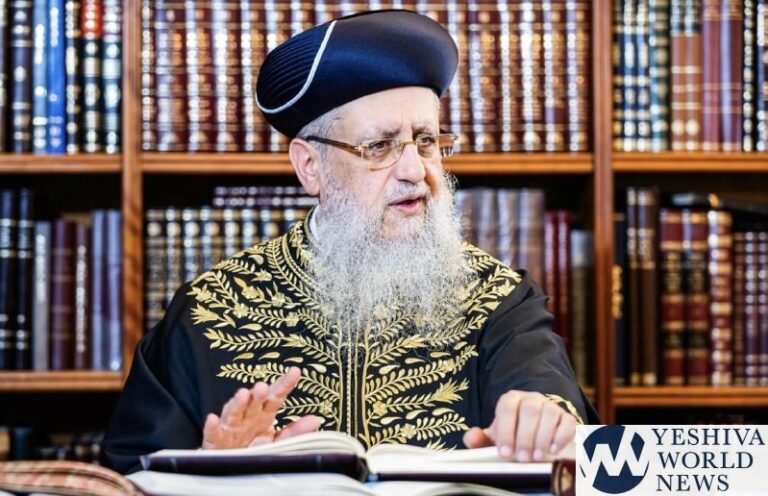
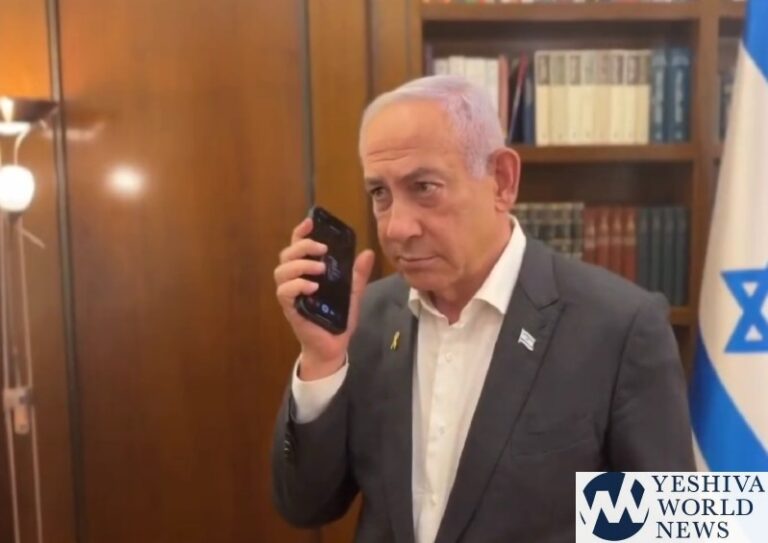

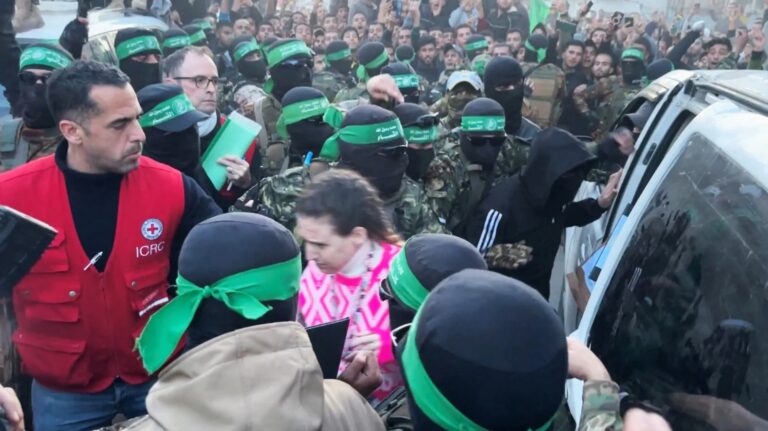

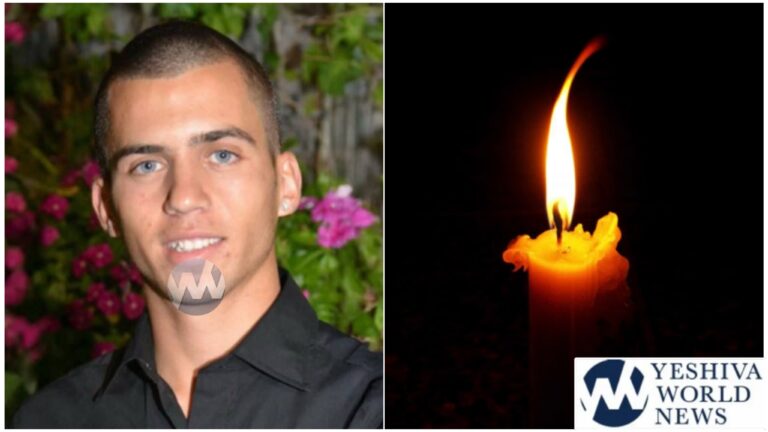


2 Responses
The Geneva deal was a dead duck, since it is based on conditions none of the parties can or will deliver. If Russia uses its influence to disarm the eastern protestors, it admits the lie we all know to be true that Russia is behind these protestors. If Kiev clears Maidan it admits it came to power illegally. The US and EU know that Russia must not be allowed to get away with this mischief making, but they don’t have much they can do right now. Russia objects being treated like a guilty schoolboy because it’s true! In fact most of Russia’s gripes either reflect her own behaviour (especially to her own citisens), fear of encirclement, shock that her former client peoples actually hate Russia or imagining that she can turn the clock back to the good old USSR. In other wods, “Putin is in another world” (Angela Merkel).
Tell them to remove the cross from rabbi Nachman of Breslovs kever. Isn’t it obvious that he had beseeched Hashem to take nekama for what they had done to the kedusha of his resting place?